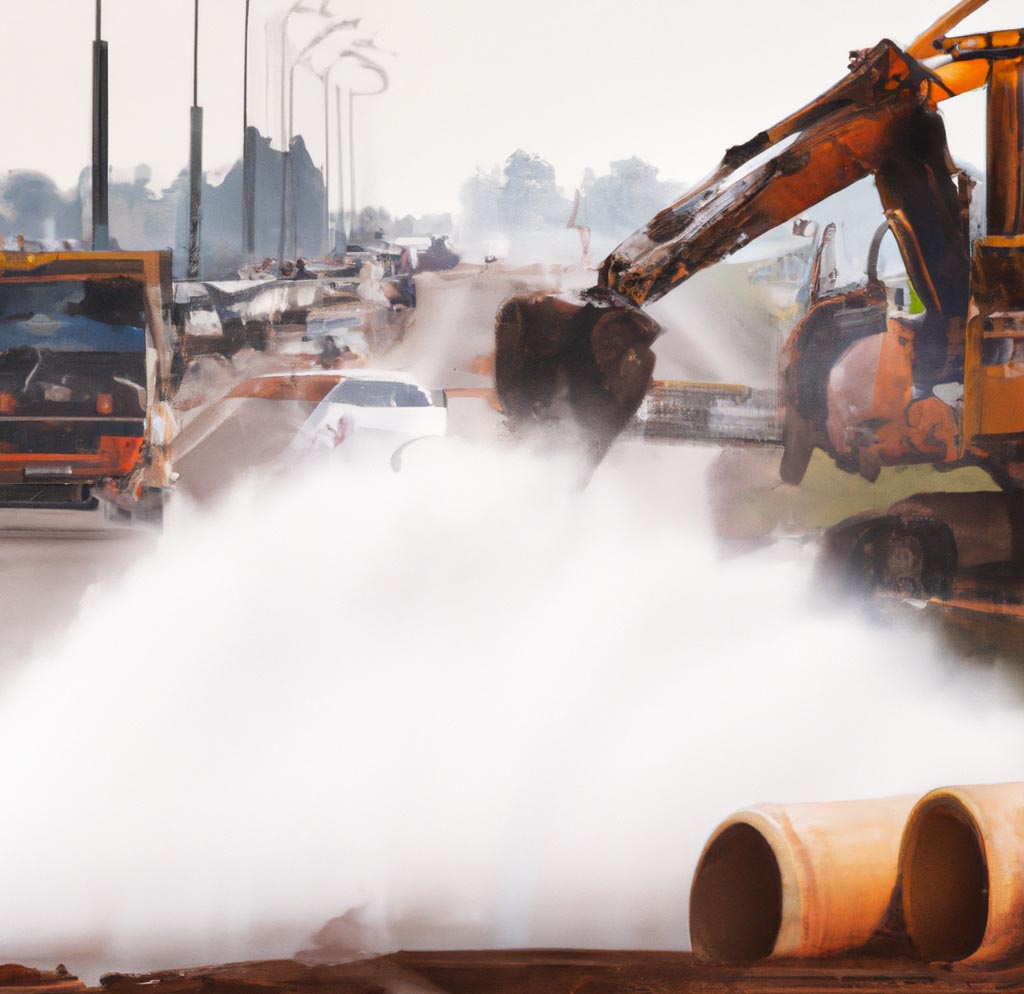Imagine a world where fixing household drain lines no longer requires extensive digging, disruption, and high costs. A world where cutting-edge technology seamlessly restores the functionality of your drains with minimal invasion. Welcome to the realm of trenchless pipelining, a game-changing innovation that has taken the plumbing industry by storm.

Traditional methods of repairing or replacing drain lines involve digging trenches, tearing up landscapes, and causing inconveniences that can leave homeowners frustrated and stressed. However, the advent of trenchless pipelining has completely transformed this process, offering a faster, more efficient, and less invasive solution that saves time, money, and headaches.

Trenchless pipelining, also known as cured-in-place pipe (CIPP) lining, represents a significant leap forward in drain line restoration. It involves the insertion of a flexible and durable liner into the existing pipe, creating a seamless and structurally sound new pipe within the old one. This method eliminates the need for excavation, as it can be applied to virtually any type of pipe material, including clay, cast iron, PVC, and more.
One of the most remarkable aspects of trenchless pipelining is its ability to fix a wide range of issues that plague household drain lines. From small cracks and leaks to corrosion and root intrusion, this innovative technique can tackle them all. It provides a comprehensive solution that restores the full functionality and lifespan of drain lines, extending their durability for decades to come.
The process of trenchless pipelining begins with a thorough inspection of the drain line using advanced camera technology. This allows plumbers to accurately diagnose the problem and determine the most appropriate course of action. Once the issue has been identified, the existing pipe is thoroughly cleaned and prepared for the lining process.

Next comes the exciting part: the installation of the flexible liner. This liner is impregnated with a resin that, once cured, forms a rigid and impermeable barrier within the old pipe. The liner is carefully inserted into the drain line using specialized equipment, such as inversion drums or air pressure systems. As it advances through the pipe, it conforms to its shape, smoothly sealing off cracks, filling in gaps, and creating a structurally sound new surface.
After the liner has been properly positioned, the curing process begins. This typically involves the use of hot water or steam, which activates the resin and initiates its hardening process. Within a few hours, the resin cures, creating a strong and long-lasting pipe within the original one. This new pipe boasts exceptional resistance to corrosion, root intrusion, and the formation of future cracks, ensuring the optimal flow of wastewater for years to come.
One of the many advantages of trenchless pipelining is its speed. Unlike traditional methods that require extensive excavation and multiple days to complete, this revolutionary technique can often be accomplished within a matter of hours. Homeowners can quickly regain the use of their plumbing systems and resume their daily activities without enduring lengthy disruptions or inconveniences.
Moreover, trenchless pipelining offers substantial cost savings compared to traditional methods. Excavation, labor, and landscaping expenses can quickly escalate, creating a financial burden for homeowners. With trenchless pipelining, these costs are significantly reduced since there is no need for extensive digging and restoration. Furthermore, the long-term benefits of this method, such as increased pipe durability and reduced maintenance, contribute to additional savings over time.
The environmental impact of trenchless pipelining cannot be overlooked either. By minimizing the need for excavation and reducing the consumption of new materials, this method demonstrates a strong commitment to sustainability. It helps preserve landscapes, eliminates the disposal of old pipes, and contributes to a cleaner and greener future.
Trenchless pipelining is not limited to fixing existing problems; it can also be used proactively to prevent future issues. By lining drain pipes preventively, homeowners can fortify their plumbing systems against potential cracks, leaks, and root intrusion. This approach provides peace of mind, knowing that their drain lines are well protected and less susceptible to costly repairs down the road.
In conclusion, trenchless pipelining is a true game-changer in the world of household drain line restoration. Its ability to seamlessly repair existing issues, its speed and efficiency, its cost savings, and its commitment to sustainability make it an ideal solution for homeowners seeking a hassle-free and long-lasting resolution to their plumbing woes.
Embrace the power of trenchless pipelining and bid farewell to the days of excavation, disruption, and exorbitant costs. Discover a new era in plumbing, where innovation, efficiency, and environmental consciousness converge to create a brighter future for our drain lines and our homes.






